The leader of the Vietnam Register said that by June 15 at the latest, there will be a document reporting to the Ministry of Transport on the proposal of the Ho Chi Minh City Freight Transport Association to extend the inspection cycle for commercial vehicles, if the safety coefficient can still be met.
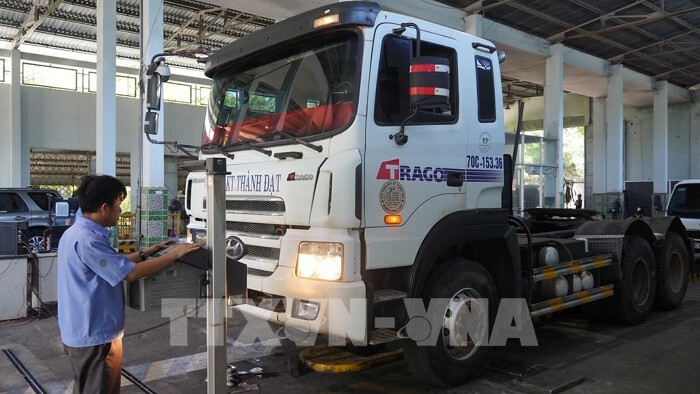 |
| Vehicle inspection activities at the 70.01S Motor Vehicle Inspection Center ( Tay Ninh City). Photo: Thanh Tan/VNA |
Previously, the Vietnam Register proposed and received approval to extend the inspection period for non-commercial vehicles with less than 9 seats (family vehicles), but did not choose to extend the inspection period for commercial vehicles.
Explaining the reason for not considering extending the inspection cycle for commercial transport vehicles, the Vietnam Register said that this group of vehicles is used frequently. A vehicle can be used by many people, and the maintenance, care, and preservation regime is not good. In fact, according to inspection statistics, the passing rate from the first inspection for this group of vehicles is very low (the lowest point was 67.6%).
With the criteria of ensuring the safety of people's property and lives, the Vietnam Register is extremely cautious in choosing solutions when implementing. Therefore, the Department has agreed to propose the Ministry of Transport to issue Circular No. 02/2023/TT-BGTVT and Circular No. 08/2023/TT-BGTVT amending and supplementing Circular No. 16/2021/TT-BGTVT allowing passenger cars with up to 9 seats that are not used for transportation business (family cars, personal cars) to extend the inspection cycle.
The leader of the 29.04V Vehicle Inspection Center (Vo Van Kiet Street, Quang Minh Commune, Me Linh District, Hanoi ) said that this regulation is suitable for personal vehicles with a high passing rate during the first inspection (about 95%) because vehicle owners pay attention to maintenance and the frequency of use is lower than that of commercial vehicles.
In particular, according to experts, after Circular No. 08/2023/TT-BGTVT was issued by the Ministry of Transport and took effect from June 3, 2023, allowing automatic extension of the inspection cycle for family cars, the congestion of inspection has cooled down, and the number of vehicles requiring inspection at Inspection Centers has decreased significantly.
The Vietnam Register also recommends that inspection centers prioritize inspection of commercial transport vehicles and vehicles whose inspections have expired but have not been inspected. This is to ensure early exploitation of transport, minimizing unnecessary damage to people and businesses.
In addition, the Vietnam Register also requested that the Registration Centers proactively contact vehicle owners to speed up the inspection process after many family cars were automatically renewed.
Regarding the proposal to calculate the vehicle inspection cycle by kilometers, the Vietnam Register has repeatedly affirmed that the automobile inspection cycle is established based on research and scientific information on the life and safety of components on automobiles. Management units and automobile inspection organizations around the world have developed regulations and guidelines on automobile inspection cycles based on three main factors.
That is the year the car was manufactured because studies have shown that components on cars such as the engine, suspension, braking system and steering system will tend to deteriorate and wear out over time. In particular, tires, rubber parts, metal components, lubricants, etc. are parts that can age over time, even when the car is not in use. Therefore, car inspection cycles are established based on the year of manufacture of the car.
Next is the frequency of vehicle use because in reality, research has shown that the components of a car will be affected more and wear out faster when the car is used with high frequency (taxi service vehicles, passenger cars, trucks, etc.).
Finally, the operating environment, cars operating in dusty, rocky environments, or environments with high humidity and high salt content also tend to deteriorate faster than cars operating in dry and clean environments.
Based on the above factors, different regulations and guidelines on vehicle inspection cycles will be applied in different countries and regions around the world. However, the common point of these regulations is to ensure the safety and health protection of drivers and road users.
"The vehicle's mileage index (km on the clock) is just one of many factors that affect the decision on the inspection cycle, so it is impossible to decide on the inspection based on this index alone," said the leader of the Vietnam Register.
In addition, according to statistics from the International Automobile Inspection Organization (CITA), many countries in the world regulate the inspection period of cars according to the time of use with different cycles depending on the purpose of use (personal car, business car).
Therefore, the regulation of vehicle inspection period according to the time of use as currently in Vietnam is consistent with international practice, based on scientific and practical basis and convenient for management work.
Regarding this issue, Associate Professor Dr. Dam Hoang Phuc, Director of the Automotive Engineering Training Program (Hanoi University of Science and Technology) also said that most car manufacturers today calculate the period of time when vehicles need warranty and maintenance based on two criteria: the number of kilometers the vehicle has run or the time of use, whichever criterion comes first, the car owner will take the car for warranty at that time.
"The technical quality of a vehicle will decline according to both factors: the number of kilometers of operation and the time of storage. Therefore, the less the vehicle is used, the more technical safety is guaranteed," Mr. Phuc acknowledged.
The current method of calculating the inspection cycle by time is suitable both in terms of management and technology. In reality, calculating the vehicle inspection cycle by kilometers is very difficult to implement because there are currently no sanctions or regulations to control the correct and accurate number of kilometers displayed on the car. This can also lead to fraud in the inspection cycle through adjusting the number of kilometers.
“Even car manufacturers cannot control the fraud of vehicle mileage. If this proposal is made, there should be a mechanism to check and determine the exact number of kilometers the vehicle has run to completely limit fraud, thereby avoiding negative vehicle inspections,” said Associate Professor, Dr. Dam Hoang Phuc.
Previously, the Ho Chi Minh City Freight Transport Association sent a document to the Ministry of Transport proposing to consider extending the inspection cycle for commercial transport vehicles if the safety coefficient can still be met. At the same time, it proposed to consider and study dividing the inspection cycle based on the mileage of the vehicle, to avoid the case of vehicles being idle but still having to go for inspection at the scheduled cycle.
In response to this proposal, the Ministry of Transport has requested the Vietnam Register and relevant agencies to consider the proposals of the Ho Chi Minh City Freight Transport Association.
According to the Vietnam Register, after Circular No. 08/2023/TT-BGTVT took effect, by June 9, the Department's management system had posted online 230,000 certificates of validity of certificates and inspection stamps for vehicles with inspection deadlines until July 16, 2023. To date, the number of confirmation files downloaded by people is more than 35,600.
According to VNA
Source link


![[Photo] General Secretary To Lam works with Lam Dong, Binh Thuan and Dak Nong provinces](https://vphoto.vietnam.vn/thumb/1200x675/vietnam/resource/IMAGE/2025/6/11/c3e736d90cda4fe78f96c9bfb68d4e0b)

![[Photo] Third session of the Committee for Drafting Amendments and Supplements to a Number of Articles of the 2013 Constitution](https://vphoto.vietnam.vn/thumb/1200x675/vietnam/resource/IMAGE/2025/6/11/16cab51dafc741719485978eb3ed8ce3)





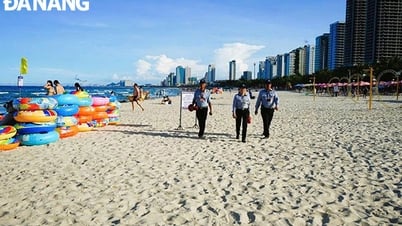









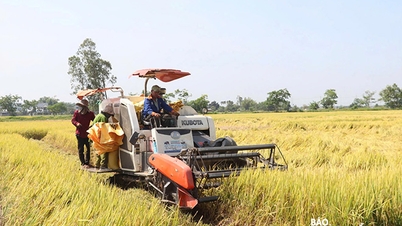


















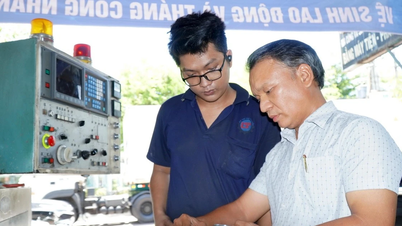































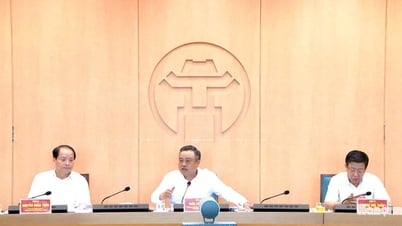





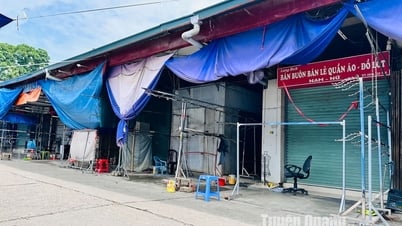

















Comment (0)